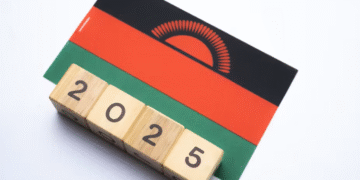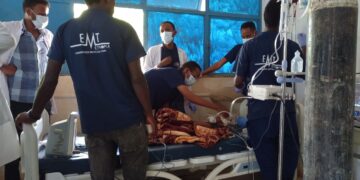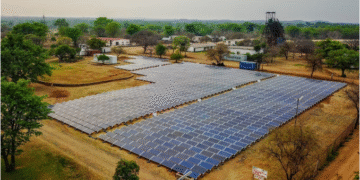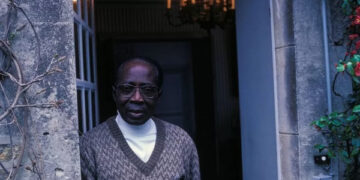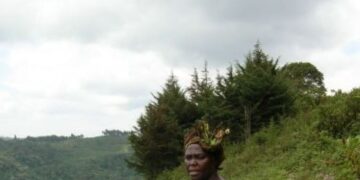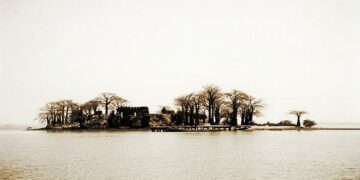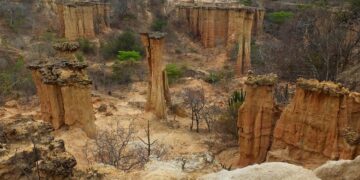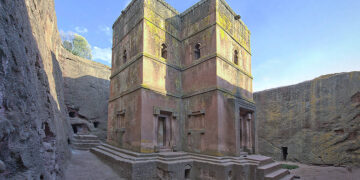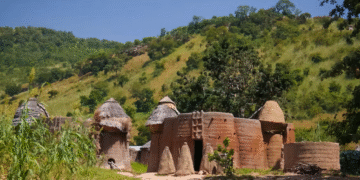The Krobo people are grouped as part of the Ga-Dangme ethnolinguistic group and are the largest of the seven Dangbe ethnic groupings in southeastern Ghana. They are farmers who live on the Accra Plains, Akuapim Mountains, and Afram Basin.
The Krobo bead makers are best known for their wonderfully colourful powdered glass beads. Made from recycled glass, the beads are still produced in open-sided, thatch-roofed huts, using traditional, labour-intensive methods.
The historical origins of the Krobo people and their current location are the topic of much academic dispute in Ghana. While some academic claims, based on oral tradition, state that the Krobo moved from someplace in Eastern Nigeria, other recorded sources point to Sameh in Dahomey (Benin) as the most likely source of origin for the Krobo and other proto-Dangmes. Others attribute the origin of the Krobo to Sameh in Western Nigeria, southwest of the River Ogun.
From the 17th century, the Krobo Mountain became a place of several attacks from invading tribes and enemies. However, the Krobo people were always able to fight off the enemy, and it was only through the introduction of rockets and rifle fire by the British that the Krobo were able to be defeated.
The mountain became the cultural and ritual centre for the Krobo people. It was a town of stone houses, many stories with several rooms—some accounts state there were some houses with 20–30 rooms. In fact, missionaries who visited the mountain stated that the architecture was like nothing they had seen in Africa before. The Krobo developed their own watering system on the mountain to support their growing population.
The mountain is also home to one of the last stands of the charcoal tree (Talbotiella genetti), the most endangered tree species in Ghana. Wildlife can be found on the mountain, with the most common being baboons, monkeys, pythons, bushbuck, and many species of birds. Krobo Mountain is close to Shai Hills Resource Reserve and just off the main road to Ho.
Dipo is a well-known cultural ritual among the Krobos that marks the period of puberty and teaches young females of marriageable age skills for fulfilling tasks as responsible female adults, such as vocational training, housekeeping, and marriage preparation.













